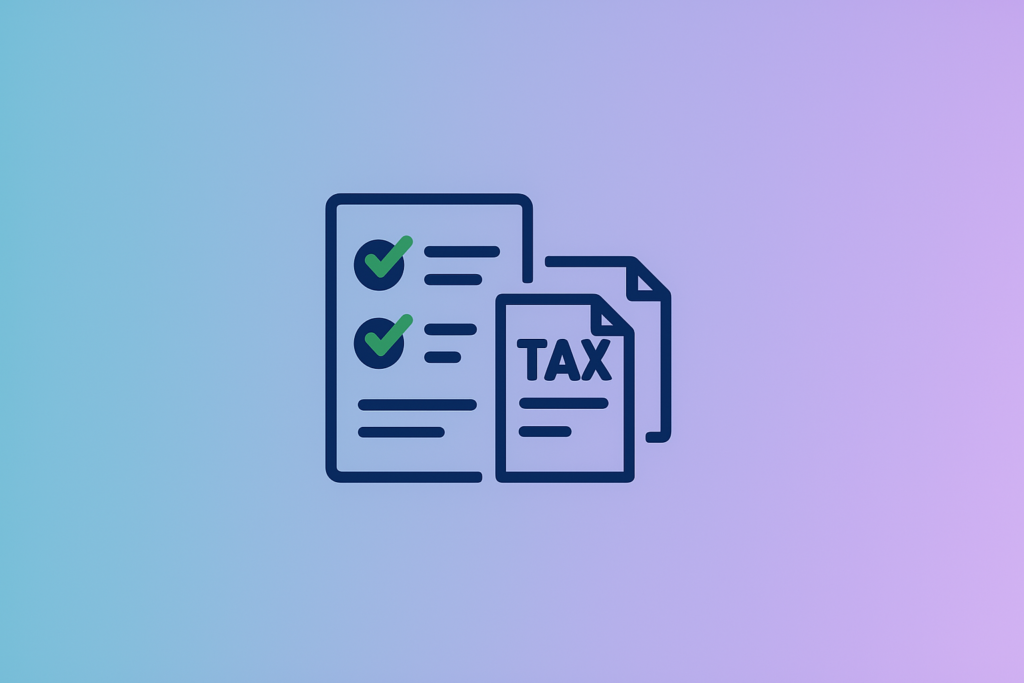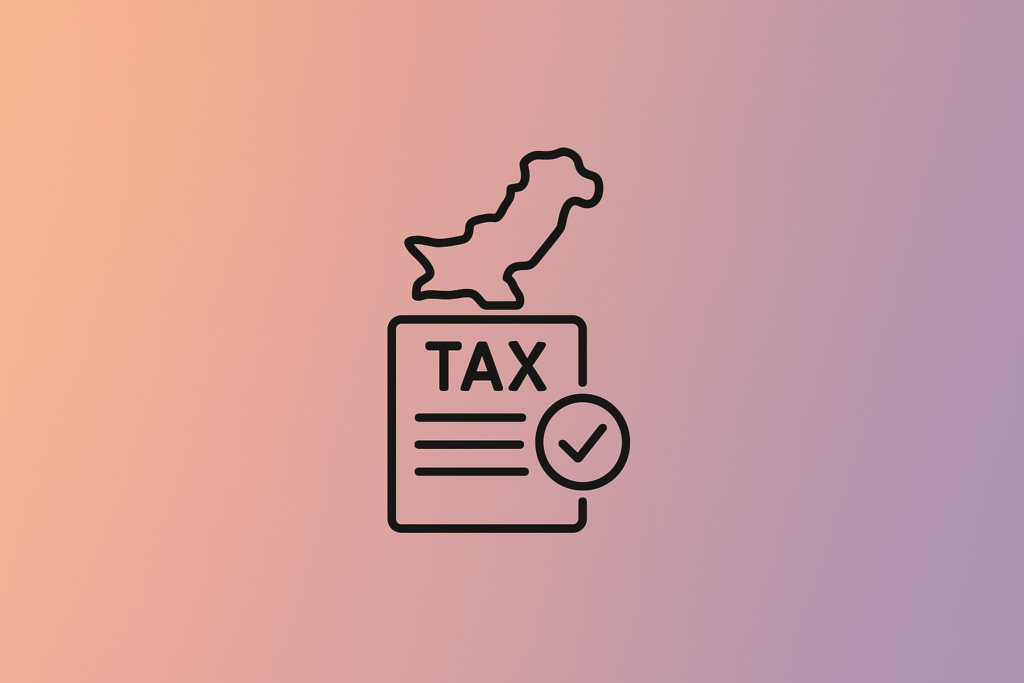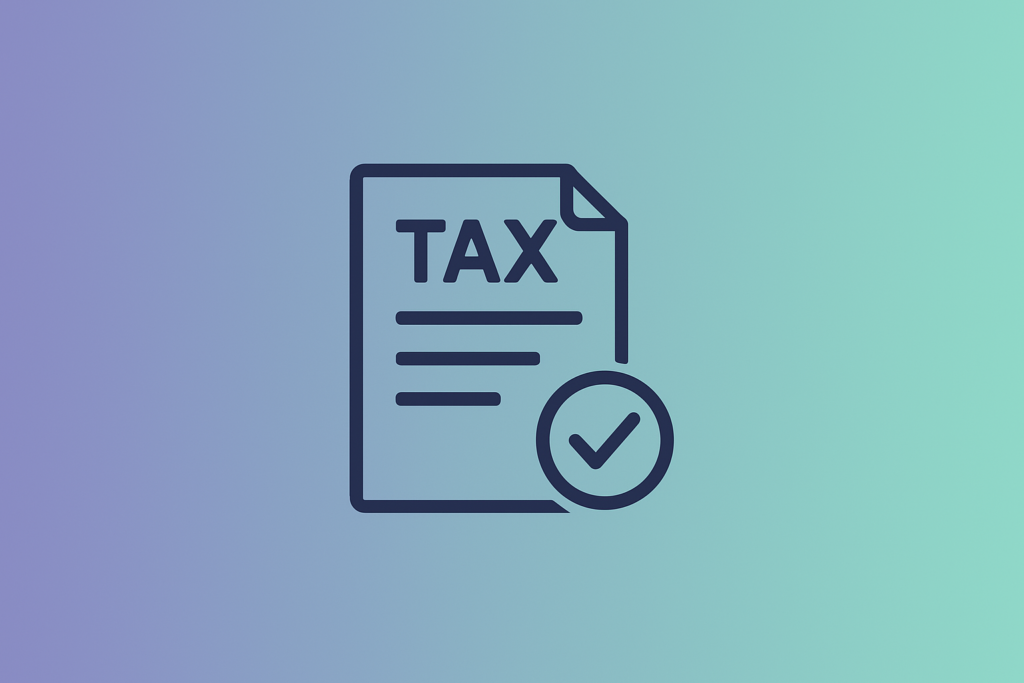Hello, I’m Shahzad Ahmad Mirza, a seasoned legal tax advisor with over two decades of experience guiding individuals and businesses through Pakistan’s intricate tax landscape. Today, I aim to clarify two pivotal components of our tax system: Advance Tax and Withholding Tax. While these terms are often used interchangeably, they serve distinct functions. A clear understanding of both is essential for ensuring compliance and optimizing your tax strategy.
1. What is Advance Tax?
Advance Tax refers to the tax payments made periodically throughout the fiscal year, based on the taxpayer’s estimated income. This proactive approach ensures that tax liabilities are settled in installments, rather than as a lump sum at the year’s end.
Key Points:
- Applicability: Advance tax obligations extend to individuals, associations of persons (AOPs), and companies with an anticipated tax liability exceeding a specified threshold.
- Payment Schedule: The tax is remitted in installments, adhering to a schedule outlined by the Federal Board of Revenue (FBR).
- Adjustment: These payments are credited against the taxpayer’s ultimate tax liability, calculated upon filing the annual income tax return.
Example: Consider a business projecting a significant profit for the year. Instead of deferring the entire tax payment, the business remits advance tax in quarterly installments, facilitating better financial planning and ensuring compliance.
2. What is Withholding Tax?
Withholding Tax involves the deduction of tax at the source of income. Essentially, a payer (withholding agent) deducts a specified amount from payments made to a recipient and remits it directly to the government on behalf of the payee.
Key Points:
- Applicability: Commonly applied to salaries, dividends, interest, contracts, and payments to non-residents.
- Responsibility: The entity making the payment is responsible for deducting and depositing the tax with the FBR.
- Adjustment: For the recipient, the deducted amount serves as an advance payment against their total tax liability.
Example: When an employer disburses salaries, they deduct withholding tax from the employee’s earnings and submit it to the government. This deduction is reflected in the employee’s annual tax return, reducing their overall tax liability.
3. Legal Framework Governing These Taxes
Both advance tax and withholding tax are governed by the Income Tax Ordinance, 2001. The ordinance delineates the obligations, rates, and procedures associated with these taxes.
- Advance Tax: Sections 147 and 147A detail the provisions related to advance tax payments, including calculation methods and due dates.
- Withholding Tax: Various sections (e.g., 149 for salaries, 150 for dividends) specify the withholding tax requirements for different income types.
For comprehensive details, refer to the Income Tax Ordinance, 2001.
4. Differences Between Advance Tax and Withholding Tax
Understanding the distinctions between these two tax types is crucial:
- Initiation:
- Advance Tax: Initiated by the taxpayer based on projected income.
- Withholding Tax: Initiated by the payer at the time of income disbursement.
- Responsibility:
- Advance Tax: The taxpayer calculates and remits the tax.
- Withholding Tax: The payer deducts and remits the tax on behalf of the recipient.
- Frequency:
- Advance Tax: Paid in scheduled installments during the fiscal year.
- Withholding Tax: Deducted at each payment occurrence.
- Adjustment:
- Both serve as prepayments, credited against the final tax liability upon annual assessment.
5. Common Scenarios and Applications
- Salaried Individuals: Employers deduct withholding tax from salaries. If an individual has additional income sources, they may need to pay advance tax on that income.
- Business Owners: Companies often pay advance tax based on estimated profits and also act as withholding agents when making payments to vendors or contractors.
- Investors: Financial institutions deduct withholding tax on dividends and interest earnings, which investors can adjust against their total tax liability.
6. Compliance and Penalties
Non-compliance with advance or withholding tax obligations can lead to significant penalties:
- Advance Tax: Failure to pay timely installments may result in default surcharges and penal actions as per the Income Tax Ordinance.
- Withholding Tax: Incorrect deduction or delayed deposit can attract penalties, including fines and potential legal repercussions.
For detailed information on penalties, consult the FBR’s Income Tax Basics.
7. Benefits of Compliance
Adhering to advance and withholding tax requirements offers several advantages:
- Avoidance of Penalties: Timely compliance mitigates the risk of financial penalties and legal issues.
- Financial Planning: Regular tax payments facilitate better cash flow management and financial forecasting.
- Enhanced Credibility: Consistent compliance enhances the taxpayer’s credibility with financial institutions and regulatory bodies.
8. Practical Tips for Taxpayers
- Stay Informed: Regularly review updates from the FBR to stay abreast of changes in tax laws and rates.
- Maintain Records: Keep detailed records of all tax payments and deductions to support accurate filings and facilitate audits if necessary.
- Seek Professional Advice: Engage with tax professionals to navigate complex tax scenarios and ensure compliance.
Conclusion
Grasping the nuances between advance tax and withholding tax is vital for effective financial management and legal compliance in Pakistan. By proactively managing these tax obligations, taxpayers can avoid penalties, enhance their financial planning, and contribute positively to the nation’s economy.
If you require personalized guidance or have specific queries, feel free to reach out. As your dedicated tax advisor, I’m here to assist you in navigating Pakistan’s tax system with confidence and ease.



